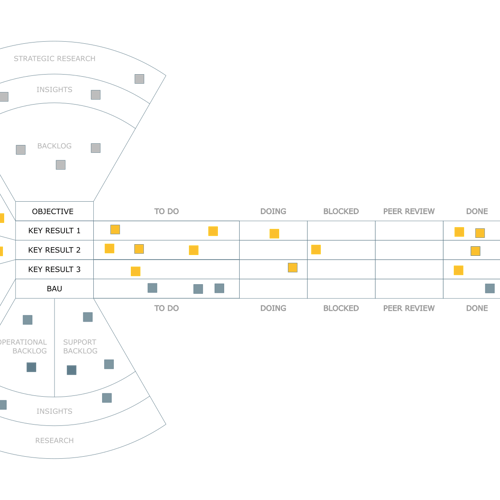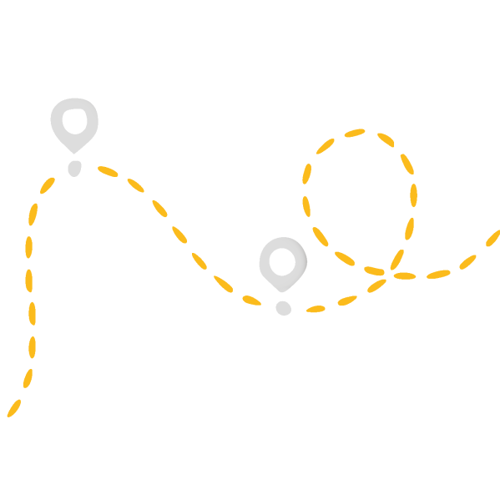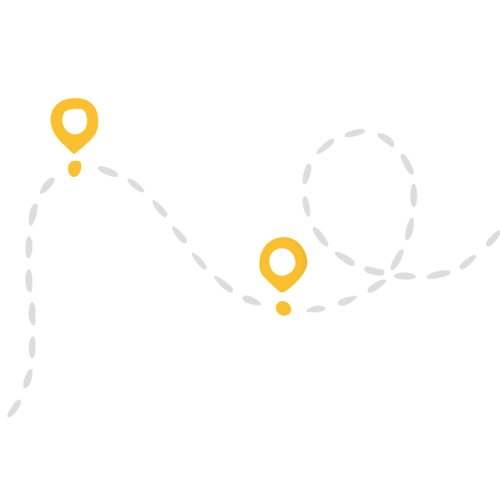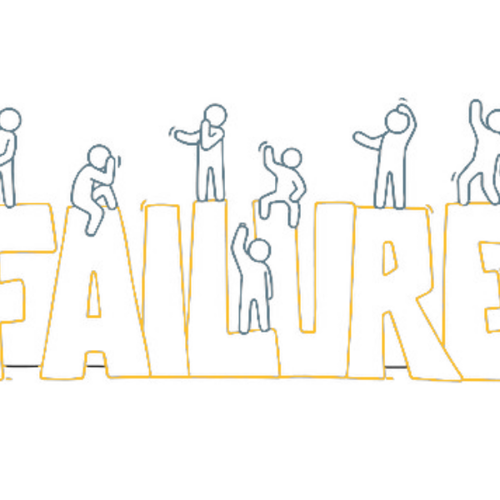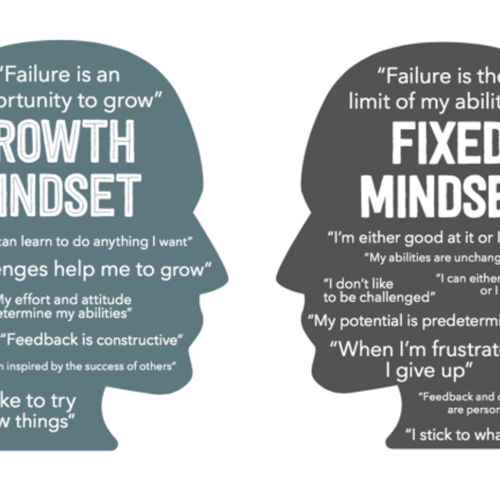Over the years, I have both participated in and facilitated many, many 1:1s. Some of them good, some not so.. I'm opinionated on what makes an effective 1:1 but i'm always looking to improve!
I've experienced different perceptions of these sessions; some people see these as key to personal growth, some opt for more casual day-to-day chats.. These experiences, even the bad ones, have helped me clarify the need for the sessions - below is a bit of a brain dump and an overview of my preferred format.
The Purpose
The 1:1 session is dedicated time between 2 people; often a manager and employee. However, I see 1:1s as coaching opportunities so whilst the general perception is between a manager and employee, these sessions can be super effective in any coaching environment.
I have experienced 1:1 meetings through a vast array of formats; chats in coffee areas, walks around the block, lunch times in the pub. The keystone to building a trustful relationship is facetime and these all provide that. There is a difference between casual regular catchups and 1:1s so lets explore these further
Catchups
Have regular catchups with each other and vary the medium; Drop into the breakout area and have a coffee or take a walk around the block. These are generally weekly and can be as short as a half hour. Keep these sessions casual and use them to discuss how the last week has gone? How are you both feeling? Is there anything else going on - in and out of work? Keep their recent 1:1 familiar and touch on how any actions are progressing - is there any support needed?
1:1
These are more formal and should be conducted in a room, strictly between the both of you. They should be structured and both parties will contribute to what personal growth looks like. I like to offer flexibility on the frequency of these but strongly suggest that this frequency is limited to every 4, 5 or 6 weeks - This will allow enough time for demonstrable growth and will ensure that items discussed are still fresh. Set aside 1 - 1.5 hours for this session.
My preferred 1:1 format
Prior to the 1:1 ensure that the you have set expectations that each person needs to come prepared. That is:
- Each of you is to bring along pre-filled posit notes for WWW and EBI.
- The facilitator will bring along the previous actions.
- The participant will bring along their PDP and any relevant notes.
Have a whiteboard available and bring postits & pens along. Draw up the following columns on the board:
- How are you? (Personalise this and use their name)
- Use this space to discuss how they are feeling. Are they showing any signs of distress? Are they happy about anything?
- Actions
- Use this space to review previous actions. Talk about each one - how did it go?, did they learn anything? would they do anything different? If the action is complete, tick it; if not, draw a circular arrow to denote that its being carried forward and it needs reviewing at the next 1:1.
- WWW (what went well)
- Use this space to discuss what has gone well since their last 1:1 ? what are they proud of?
- EBI (even better if...)
- Use this space to discuss what didnt go as well as it could have. Phrase these as 'it would have been even better if...' to avoid blame whilst allowing open and honest discussions. This phrasing focuses on the positive future along with a solution-centric mindset; rather than dwelling on the past
- Next 6 weeks
- Use this space to speculate what an awesome next 6 weeks would be like. Encourage creative thinking and explore what, if anything, would hamper them achieving this
- Parking lot
- Use this space to note down anything that is off topic and at risk of derailing conversations, but is valuable for future discussion (or sets context)
- PDP check in
- Use this space to discuss their progress towards their PDP. Are they on track? Do they need additional support? Is their PDP still valid?
As you traverse the lanes, if a new action is agreed upon, write on a sticky and place on the board. At the end of the session, your whiteboard should resemble the following:
Simply take some photos a the end of the session and share with the participant - use these photos at catchups to keep the 1:1 familiar. As always, if the session format doesn't work for either of you, inspect what's not working and adapt :)
Parting thoughts - if you squint at the format of this session, it might look like a standard sprint retro, with only a few small tweaks.. a sprint retro is simply focused on inspecting and adapting; promoting continuous improvement - the 121 is not different
Common challenges
These sessions are very simple in an ideal world - but sometimes this isn't so. Here are some challenges that you may encounter
Lack of preparation
Like all meetings, preparation is essential. Ineffective meetings are filled with phrases like 'erm..', 'er..', and 'what have i done again'. A 1:1 session isn't one-sideed and shouldn't resemble one person conveying all the information - it is a collaborative approach. Be comfortable to pull the plug until both parties are prepared.
Performance management - need for improvement
There are times when employees need to be placed on a performance management programme. If this is the case, there are some tweaks to the above format. I will have a follow up article re. performance management but the stand out changes would be:
- Shorten the cadence - Insist on a 4 week cadence to 1:1's
- Be very clear with your expectations and ensure that clear, SMART goals/outcomes have been set and understood.
- As well as taking photos, it is imperitive that you invest time in writing up the 1:1 in detail - again, being clear on successes, EBI and progress
- Change the format of the weekly casual catch-ups to be more formal.
Though these tweaks are only subtle and can appear somewhat small, they emit a powerful unspoken message that resonates the importance and neccesity of improvement


